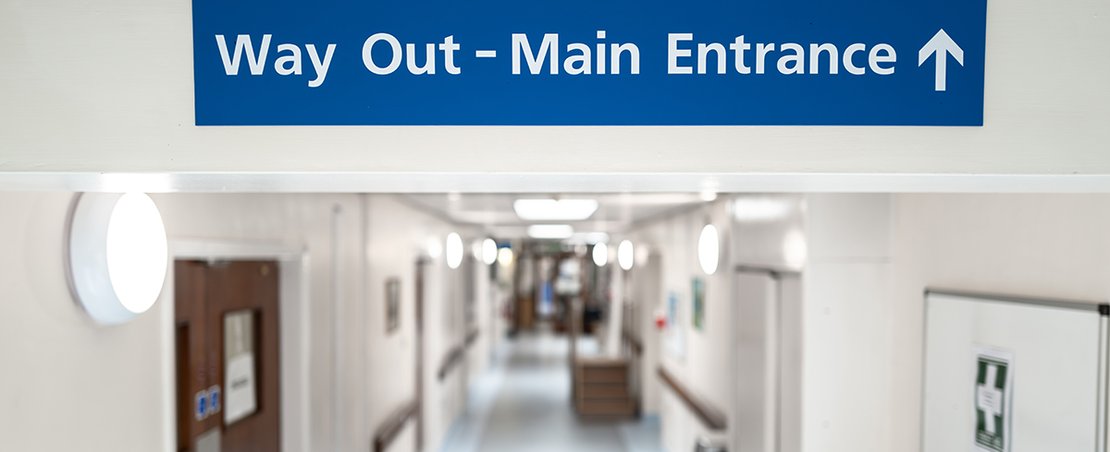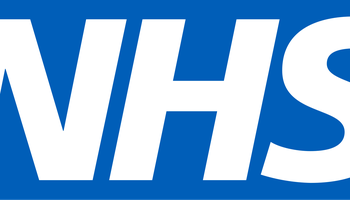
The NHS 10 Year Health Plan represents an incredibly ambitious digital transformation. With three radical shifts, from hospital to community, analogue to digital, and sickness to prevention, the government promises to fundamentally reimagine how healthcare in the NHS is delivered.
The scale of this vision is ambitious. By 2035, it suggests that every patient will have a "doctor in their pocket" through the NHS App, accessing seamless care powered by AI, genomics, and real-time wearable data. The plan envisions care that "pre-empts need rather than just reacting to it," with personalised interventions delivered before diseases develop. For a health service that still relies heavily on paper records and fragmented systems, this represents a quantum leap into the digital age
Yet, ambition alone will not deliver this plan. As the Open Data Institute (ODI) has frequently outlined, only proper investment and management of data infrastructure will lead to the success of this plan.
What works:
The government's promise to give patients "real control over a single, secure and authoritative account of their data" directly reflects our call for patient empowerment in the digitalisation of the health service. The Single Patient Record is proposed to integrate everything from medical histories to genomic data and real-time wearable insights, creating an unprecedentedly comprehensive health profile accessible to patients and their authorised clinicians anywhere in the NHS.
This patient-centric approach extends to the planned NHS App transformation into a "full front door to the entire NHS." By 2028, it’s hoped that patients will be able to choose providers based on quality data, book tests directly, manage medications, and receive AI-powered health guidance, all through a single platform. This level of integration and choice represents a fundamental shift from the current, often fragmented, institution-centric model.
The government has committed to various strategic investments to support their 10-Year Health Plan. As outlined in the UK’s Modern Industrial Strategy, and repeated in the 10-Year Health Plan, the £600 million Health Data Research Service, developed in partnership with the Wellcome Trust, promises to deliver data-driven healthcare innovation. These investments build on other plans including for the National Data Library, which was backed by a £100m spending commitment in the industrial strategy. Through these investments in such national data architecture, the government is laying good foundations for digitalisation.
Missing pieces
However, the plan's most serious flaw is its lack of any commitment to integrating specific data standards for health data - a necessary prerequisite for making its planned patient-centric digital transformation a reality. While promising "interoperable health data" and "seamless" data sharing across the NHS, the government provides an underdeveloped technical framework for achieving this. The ODI consultation response specifically advocated for proven standards like FHIR (Fast Healthcare Interoperability Resources) to bridge this gap.
A consideration for data standards is not minor detail, rather it is the foundation upon which the entire digital transformation depends. Without standards, the neighbourhood health service vision risks replicating existing fragmentation on a larger scale. The plan's repeated references to AI-powered personalisation and community-integrated care remain hollow promises without the data infrastructure to make them possible.
Further, while the ODI welcomes the development of the Health Data Research Service, the government ought to outline how it will manage this initiative, ensuring that it remains in publuc ownership, for the benefit of UK tax payers The ODI has consistently stated that any private sector involvement must be under public stewardship, and that ultimately, all data must remain in the hands of the public sector. As it stands, the plan lacks detail on how private sector businesses might access NHS data, what conditions will govern this access, and how public benefit will be prioritised over commercial interests.
Perhaps most surprisingly, the plan largely overlooks social prescribing, one of the most promising opportunities to deliver its community-based, preventative care vision. The recent white paper from the ODI, Data infrastructure for a healthy nation showed how effective social prescribing of physical activity could avert 3.2 to 3.8 million GP appointments annually, directly supporting the plan's goals of reducing NHS pressure while improving population health
The plan emphasises moving care "as locally as it can" but provides no systematic framework for connecting healthcare professionals with community resources. We identified this exact problem in our OpenActive white paper: healthcare professionals want to recommend physical activity and community engagement, but lack reliable data about local opportunities. Without standards like OpenActive for physical activity data and Open Referral UK for broader community services, opportunities could well be missed.
The stakes
Getting the digital transformation right matters on multiple levels. For patients, success could mean earlier disease detection, more personalised treatments, and seamless care that adapts to their needs and preferences. For the NHS, it could mean sustainable finances through prevention-focused care and efficiency gains. For the UK economy, it could position the country as a global leader in health technology innovation.
However, the risks of failure are equally significant. As we outlined in our initial response to the 10 Year Health Plan consultation in January, at a time of widespread public fatigue and dissatisfaction with the NHS, any approach that overlooks the significant role of public trust in enabling health data sharing risks undermining the very trust needed to make such sharing possible.
The path forward
In the weeks and months ahead, it’s essential that the government commits to specific, proven data standards, indeed it is a prerequisite for the success of this plan. Adopting FHIR for healthcare data exchange, OpenActive for physical activity opportunities, and Open Referral UK for community services would go some way to providing the technical foundation the plan's integration ambitions require. These standards already have established communities, proven implementations, and demonstrated interoperability, exactly what the NHS needs to achieve "seamless" data sharing.
Equally urgent is establishing clear governance frameworks that prioritise public benefit over commercial returns. This means adopting ODI's recommended "secure data access" model, where algorithms access data in secure NHS environments rather than sharing data externally. Initiatives like OpenSAFELY already demonstrate how this approach enables innovation while protecting patient privacy.
For the government to succeed in its ambitions laid out in the 10-Year Plan, it must commit to investing in expansive technical foundations and careful management of data. If they get this right, the NHS could indeed become a world-leading, advanced digital health system for the public’s benefit.

